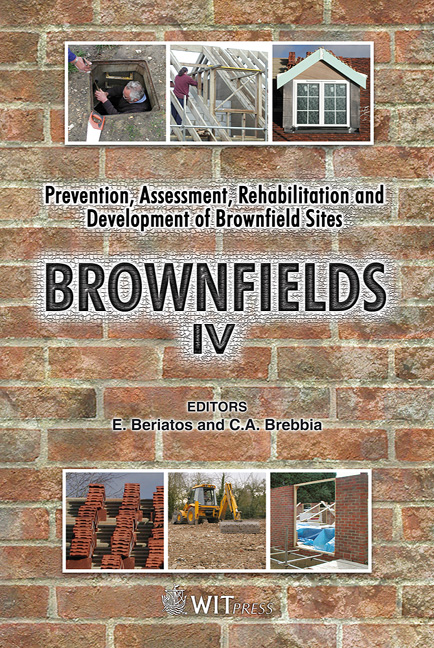World Heritage Inscription For Naval Heritage Brownfields?
Price
Free (open access)
Transaction
Volume
107
Pages
11
Page Range
189 - 199
Published
2008
Size
287 kb
Paper DOI
10.2495/BF080191
Copyright
WIT Press
Author(s)
C. Clark
Abstract
Inscription onto UNESCO’s list of World Heritage sites is an important way of drawing international attention to the legacy left by centuries of military and naval activity – brownfields par excellence. Three dockyards (government shipyards) are already so designated – in Karlskrona in Sweden, Suomenlinna in Finland and Venice – as part of the broader inscription of the city. Rochefort in southwest France and Chatham in southeast England are candidates, and Portsmouth Harbour, the Isle of Wight and Spithead might be the first ‘cultural seascape’ to be so inscribed. Each country maintains a tentative list of candidates for world heritage status, usually controlled by the ministry of culture. One entry per year is put forward by member countries for ICOMOS, UNESCO’s advisory body to consider for inscription. To be accepted sites have to meet tests of authenticity, prepare a justification and supporting nomination dossier and ultimately have a management plan for safeguarding their future. The process of application requires considerable local commitment: viable management plans over a ten year period must be drawn up by local authorities, site owners and other stakeholders. These requirements reflect increasing concern that inscription is not enough in itself to guarantee protection of these very specialised brownfields from decay or overdevelopment. World Heritage Sites may be placed on the list of sites in danger if there is damaging change. This paper examines the extent to which inscription safeguards these unusual brownfields. Keywords: dockyards, ICOMOS, inscription, World Heritage sites, conservation, maintenance.
Keywords
dockyards, ICOMOS, inscription, World Heritage sites, conservation, maintenance.




